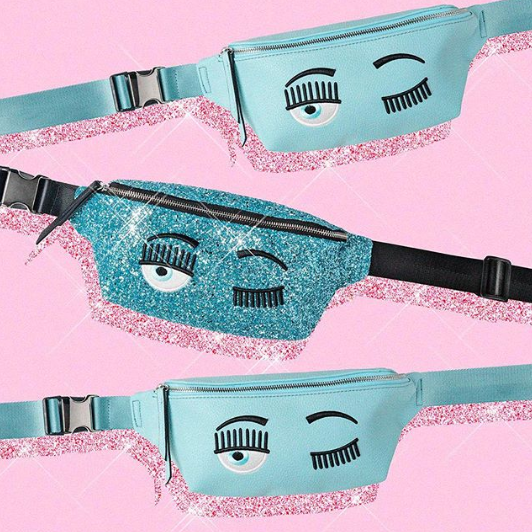Chiara Ferragni: a victory beyond social networks

From the official chiaraferragnicollection Instagram account
On March 2019, the General Court has annulled European Intellectual Property Office (EUIPO) decision refusing registration of the figurative mark "Chiara Ferragni" as an EU trade mark.
In 2015, the Italian famous influencer Chiara Ferragni filed an application with EUIPO for registration of its trademark, formed by the work part “Chiara Ferragni” and a stylized eye with long lashes, in class 18 and 25 for use on clothing, swimwear, undergarments, footwear, and accessories, including handbags.
However, after the filing, a Dutch company, owner of an earlier word mark—registered in Benelux—consisting of the term “CHIARA” and registered for the exact same goods in class 25, opposed it.
Following this opposition, the EUIPO's Board of Appeal refused the figurative trademark “CHIARA FERRAGNI” for some goods in class 18 and all goods in class 25, due to a likelihood of confusion between them.

From the official chiaraferragnicollection Instagram account
Indeed, according to the Board and comparing the Italian's mark with the Dutch brand, the stylized eye was not enough evident to be seen and recognized as main part of the mark, with the consequence the focus was still on the denominative part of the composite mark.
However, in its recent judgment, the General court annuls EUIPO's decision.
Specifically, the court compared the trademarks from a visual, phonetic and conceptual point.
As regards to the visual similarity, the court argued that, even though the previous word mark "Chiara" is entirely reproduced in the word elements of the mark applied for, "Chiara Ferragni", the figurative element of the latter has a significant impact in the overall visual impression.

From the official chiaraferragnicollection Instagram account
On that basis, the court concludes that the two signs were, at most, only slightly visually similar.
With reference to the phonetic comparison, the court finds that the distinguishing feature, "Ferragni", given its length, is phonetically more important than the similar element, "Chiara", even though it is positioned after that element. Therefore, the two signs had an "average" or even "slight" phonetic similarity.
The court also specified that the two marks were conceptually different, since the mark applied for identifies a specific person, while the earlier word mark merely refers to a first name, without identifying a precise person.
The court then analyses the likelihood of confusion between the two marks and deemed that, notwithstanding the fact that the goods in question were identical or similar, the abovementioned differences between the marks, provided sufficient grounds to avert any risk of confusion among the consumers.
The court therefore concludes that EUIPO erred in finding that there was a likelihood of confusion.
Consequently, Chiara Ferragni finally got the greenlight to extend her – already affirmed –fashion empire.
Silvia Capraro
HFG Law&Intellectual Property


